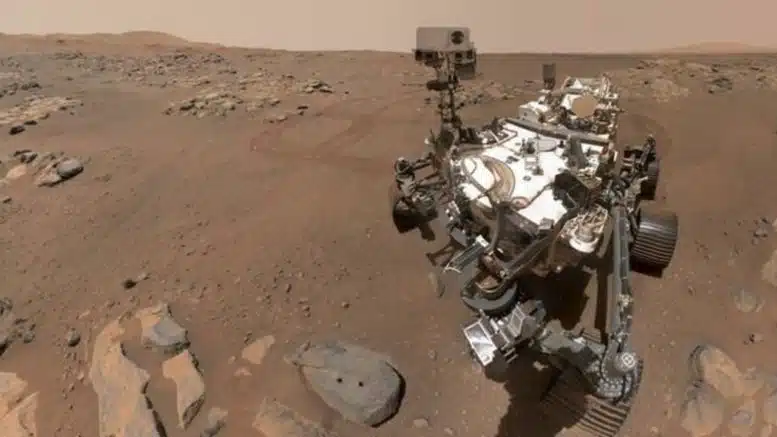Have you ever imagined what it would be like to inhabit Mars? Well, now you can experience life on the Red Planet – albeit in a simulation orchestrated by NASA. The space agency is seeking volunteers to reside in a mock Mars environment for a full year, aiding in preparations for future human exploration missions to the planet.
This initiative, known as CHAPEA (Crew Health and Performance Exploration Analog), is the second of three missions. It entails four individuals living in a 1,700-square-foot Mars simulation habitat located at NASA’s Johnson Space Center in Houston, Texas.
The simulation, named Mars Dune Alpha, replicates a prospective Mars habitat, featuring distinct living and working zones. It comprises four living quarters for each participant, along with designated workspace, medical facilities, lounge areas, and provisions for food cultivation.
Similar to real-life conditions on Mars, resources will be limited within the simulation. Volunteers will engage in simulated spacewalks, maintenance tasks, crop cultivation, and robotics operations. They will also contend with environmental stressors akin to those experienced on Mars, including equipment malfunctions and communication delays.
The ground mission is slated to commence in Spring 2025, and interested individuals have until April 2 to apply. Eligible candidates must be motivated U.S. citizens or permanent residents aged between 30 and 55, proficient in English, and non-smokers.
Additionally, applicants must possess a background in STEM (Science, Technology, Engineering, and Mathematics), either holding a master’s degree or having substantial professional experience in relevant fields. Alternatively, candidates with extensive piloting experience, military backgrounds, or bachelor’s degrees in STEM disciplines, coupled with professional experience, may also qualify.
Selected volunteers may receive compensation for their participation in the mission. The first CHAPEA mission is currently ongoing, with NASA leveraging insights gained to enhance understanding of health and performance dynamics during Mars expeditions.
In parallel, NASA’s Artemis program, focused on lunar exploration, aims to send the first woman, person of color, and international partner astronaut to the Moon. While humans have yet to set foot on Mars, NASA continues to deploy spacecraft and rovers to study the planet’s surface. Mars, characterized by its distinctive atmosphere and extreme temperatures, presents unique challenges for potential human exploration endeavors.

